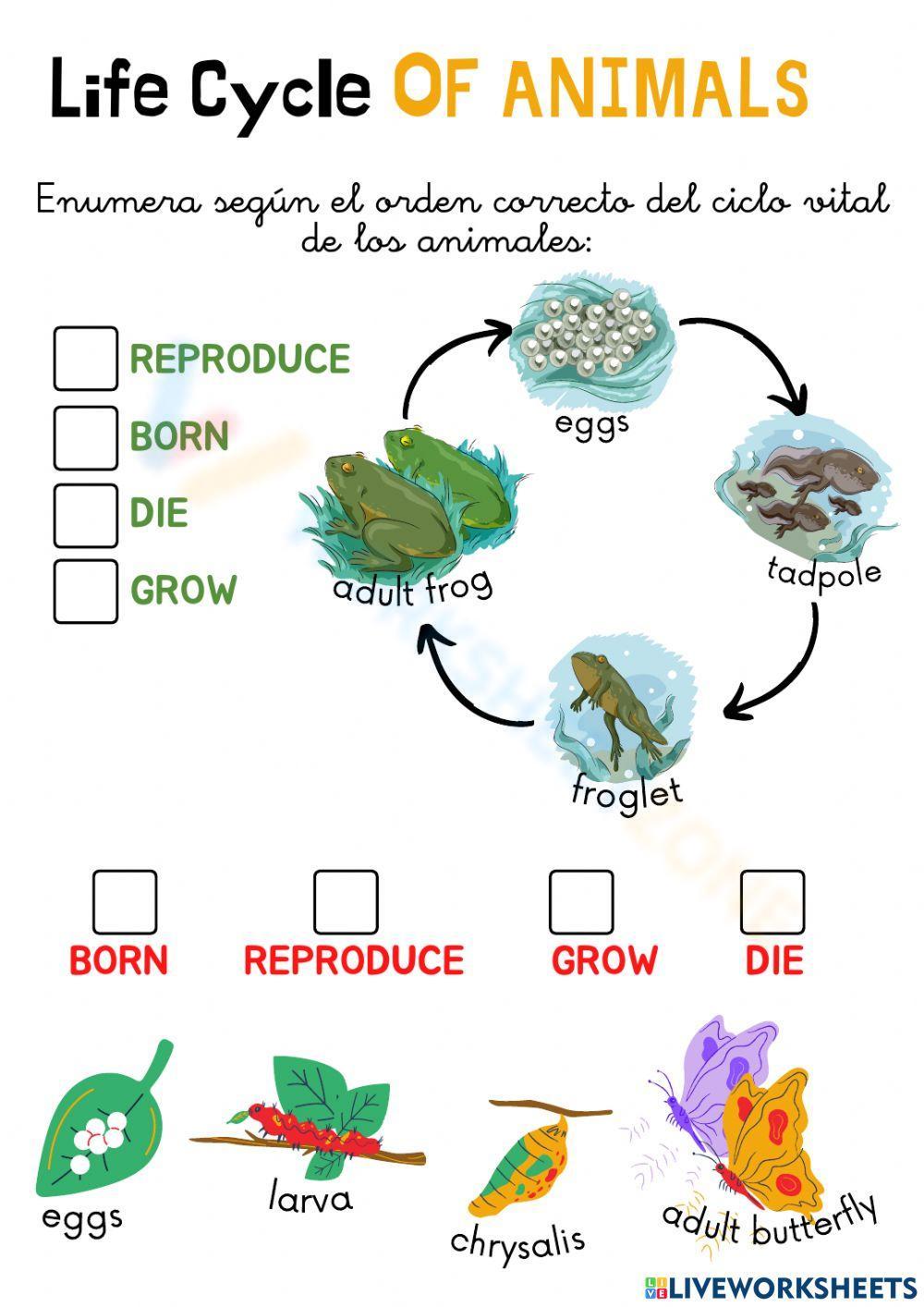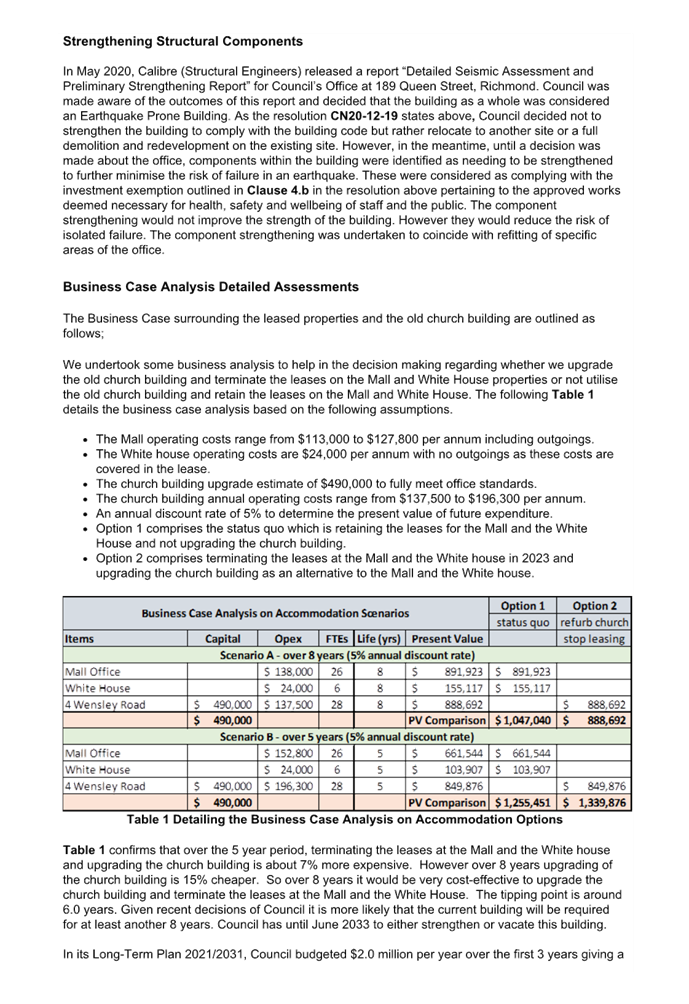Learning Life Cycles Through Campus Farm Animals: A Student's Guide

Table of Contents
Observing the Life Cycle of Chickens
From Egg to Chick: The Amazing Hatching Process
The life cycle of a chicken begins with a tiny egg, a marvel of nature perfectly designed to nurture new life. The egg incubation process is fascinating to observe, requiring specific environmental conditions for successful hatching.
- Incubation Period: Approximately 21 days of carefully maintained temperature and humidity are necessary.
- Internal Development: Within the egg, the embryo undergoes incredible transformation, developing vital organs and structures. You can even track the chick's development using an ovoscope!
- Pipping and Hatching: The chick begins to peck its way out of the shell (pipping) and emerges, a wet and fluffy creature ready for the world. This hatching process is a truly remarkable display of nature's power.
Chicken Growth and Development: From Chick to Hen
Once hatched, the chick's development continues rapidly. Observing the changes is a great way to learn about chick development and growth.
- Feather Development: Chicks initially have downy feathers, which are gradually replaced by adult feathers. Different breeds of chickens display unique feather patterns and colors.
- Growth Spurts: Chicks experience rapid growth, increasing in size and weight, until they reach sexual maturity.
- Sexual Maturity and Egg-Laying: Hens reach sexual maturity at around 5-6 months old, starting to lay eggs. The size and frequency of egg-laying can vary greatly depending on the chicken breed.
The Chicken's Role in the Ecosystem
Chickens, while domesticated, still play a significant role in their environment. Understanding their ecological role adds another layer to the learning experience.
- Food Source: Chickens can be a prey species for various predators. Observing their interactions with other animals on the farm helps students understand predator-prey relationships.
- Nutrient Cycling: Chicken manure contributes to soil fertility, enriching the farm's ecosystem and playing a role in sustainable agriculture.
Exploring the Life Cycle of Sheep
Birth and Early Development: Lambing and Neonatal Care
Witnessing the birth of a lamb (lambing) is a truly unforgettable experience. Observing the mother ewe's care for her newborn offers insights into maternal instincts and neonatal development.
- Gestation Period: Sheep have a gestation period of approximately 150 days.
- Birth Process: The process of lambing, from the initial labor signs to the birth of the lamb, is a captivating natural event.
- Neonatal Care: Ewes provide essential care to their lambs, including cleaning, nursing, and protection. Lambs display rapid growth in their early weeks. Different breeds, such as Dorset or Suffolk sheep, exhibit slightly varied growth patterns.
Sheep Maturation and Reproduction: The Breeding Cycle
As lambs mature, they develop into adult sheep, ready to reproduce. Understanding their reproductive cycle is a key aspect of learning about their life cycle.
- Sexual Maturity: Sheep reach sexual maturity at around 6-8 months of age.
- Breeding Season: The breeding season for sheep typically occurs in the fall.
- Gestation and Birthing: Following successful mating, the ewe's gestation period lasts approximately five months.
Sheep and Sustainable Agriculture
Sheep play an important role in sustainable farming. Their grazing habits contribute to land management and pasture health. Their wool fiber also presents a sustainable and renewable resource.
The Educational Value of Hands-on Learning
Developing Observation Skills: Science in Action
Observing animal life cycles on a campus farm isn't just about watching animals; it's about developing essential scientific skills.
- Data Collection: Students can record observations, collect data on growth rates, and analyze the data to draw conclusions.
- Scientific Method: The process of observing, recording, and analyzing provides valuable practical experience with the scientific method.
- Biological Observation: Students learn to carefully observe animal behavior and physical changes, improving their powers of observation and interpretation.
Connecting with Nature: The Emotional and Environmental Benefits
Direct interaction with animals and the natural world offers numerous benefits extending beyond scientific learning.
- Environmental Awareness: Students develop an appreciation for biodiversity and the interconnectedness of living things.
- Animal Welfare: Understanding animal needs and behaviors promotes responsible animal care.
- Stress Reduction: Interacting with animals has been shown to have positive effects on mental well-being and reduce stress.
Conclusion
Learning life cycles through campus farm animals offers a powerful and engaging educational experience. By observing the life cycles of chickens and sheep (or goats), students develop valuable scientific skills, improve their observation abilities, and foster a deeper connection with the natural world. These hands-on learning opportunities contribute to a richer understanding of biology, ecology, and animal welfare. Explore the fascinating world of Learning Life Cycles Through Campus Farm Animals – discover the educational opportunities at your campus farm and start your journey today!

Featured Posts
-
 Gatsbys Inspirations Exploring The Real Men Behind The Myth
May 13, 2025
Gatsbys Inspirations Exploring The Real Men Behind The Myth
May 13, 2025 -
 Analiza Predloga Novele Zakona O Romski Skupnosti Mnenja In Argumenti
May 13, 2025
Analiza Predloga Novele Zakona O Romski Skupnosti Mnenja In Argumenti
May 13, 2025 -
 Karding Pastikan Zero Tolerance Terhadap Penempatan Pekerja Migran Ilegal Di Kamboja Dan Myanmar
May 13, 2025
Karding Pastikan Zero Tolerance Terhadap Penempatan Pekerja Migran Ilegal Di Kamboja Dan Myanmar
May 13, 2025 -
 Tasman Council Road Closure A Truckies Realistic Perspective
May 13, 2025
Tasman Council Road Closure A Truckies Realistic Perspective
May 13, 2025 -
 Triumf Za Barnli Vrakjanje Vo Premier Ligata So Lids
May 13, 2025
Triumf Za Barnli Vrakjanje Vo Premier Ligata So Lids
May 13, 2025
Latest Posts
-
 Tasman Council Road Closure A Truckies Realistic Perspective
May 13, 2025
Tasman Council Road Closure A Truckies Realistic Perspective
May 13, 2025 -
 Deltag I Afstemningen Dansk Melodi Grand Prix 2025
May 13, 2025
Deltag I Afstemningen Dansk Melodi Grand Prix 2025
May 13, 2025 -
 Keep Key Road Open A Realistic Assessment For Tasman Council
May 13, 2025
Keep Key Road Open A Realistic Assessment For Tasman Council
May 13, 2025 -
 Truckies Realistic Plea To Keep Key Road Open In Tasman
May 13, 2025
Truckies Realistic Plea To Keep Key Road Open In Tasman
May 13, 2025 -
 Stem Pa Din Vinder Dansk Melodi Grand Prix 2025 Afstemning
May 13, 2025
Stem Pa Din Vinder Dansk Melodi Grand Prix 2025 Afstemning
May 13, 2025
